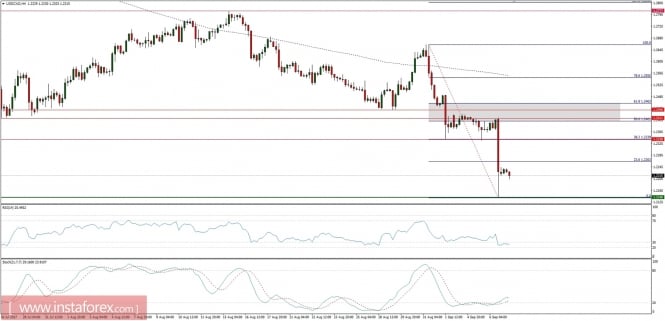Global macro overview for 07/09/2017:
The Bank of Canada has surprised global investors by hiking the interest rate from 0.75% to 1.0%. It has been the second successive rate hike this year, because the Canadian central bank already raised rates once this year in July, leaving analysts to expect that the central bank is in no rush to hike again so soon, but rather would wait until October 2017 or even later. Thus, Wednesday's meeting was expected to leave rates where they are at 0.75%. Nevertheless, according to the BoC rate statement, the recent data has been stronger than expected, supporting the bank's view that growth is becoming more broadly based and self-sustaining. The bank still expects growth to slow down, but the level of GDP is higher than expected. Data released last week showing Canada's economy saw second-quarter annualized growth of 4.5% beat expectations for a 3.3% expansion and underscored the supportive backdrop of the Canadian economy.
The future monetary policy will be determined by the development of the economy with close attention paid to the sensitivity of the economy to higher interest rates given elevated household debt. The Canadian housing market is booming now, but there are some areas that are causing concerns and giving some fresh signs of a possible bubble, like Vancouver or Toronto (event compared to US housing market in 2007).
Let's now take a look at the USD/CAD technical picture on the H4 time frame after the rate hike was made. The Canadian Dollar traded at a 26-month high against the US Dollar as the market sold off to the level of 1.2140. The current bounce did not bounce above 23% Fibo at the level of 1.2263, so the overall downside momentum remains strong. The key area for bulls is the resistance zone between the levels of 1.2401 - 1.2463.

